Our Museums Friends
Some other Museums around the world, for you to discover, even online, and feed your Creativity… and maybe even meet some new imaginary friends!

Some other Museums around the world, for you to discover, even online, and feed your Creativity… and maybe even meet some new imaginary friends!
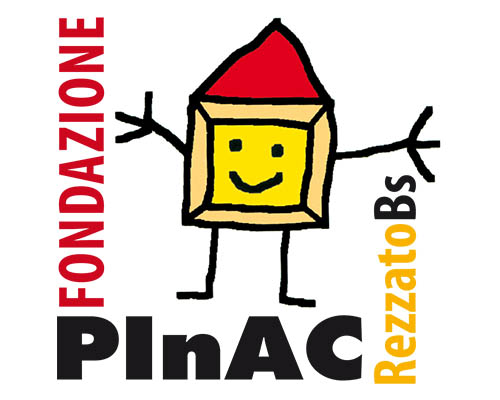
PInAC (Pinacoteca Internazionale dell’Età Evolutiva Aldo Cibaldi) is a collection of over 8,300 drawings made by boys and girls from about 80 countries around the world. It promotes and enhances the historical museum archive through exhibitions and publications, it supports creativity and the approach to art with educational services and workshops run by its artistic staff. In June 2021, he received the Andersen Prize as a Protagonist of Culture for Children.
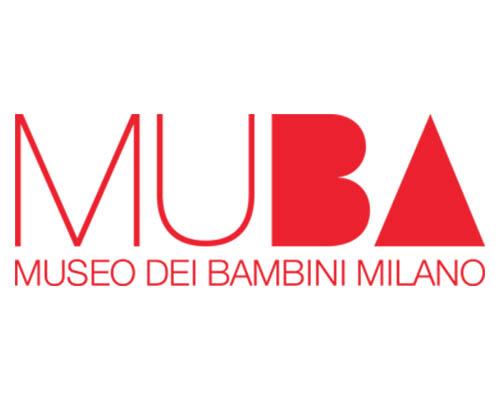
MUBA is a center for the development and distribution of cultural projects devoted to childhood; it aims to promote an open outlook to the world in children, through constant research and high-quality work. It was the first museum in Milan to successfully set up significant exhibitions for children, that have been unique in terms of size and number of visitors.
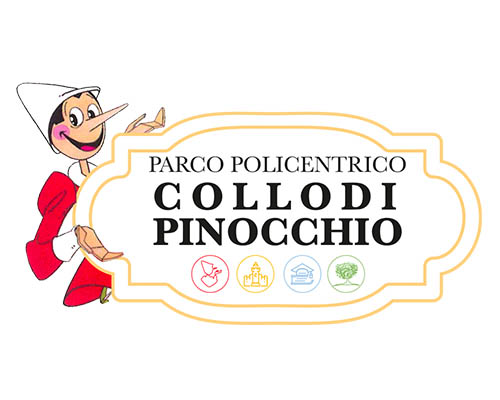
The Pinocchio Park is built as a surprise itinerary: it’s like a whistle-stop tour with many sculptures, buildings and landscapes where the child and the adult can interact to recreate the Adventures of Pinocchio through the works of great artists of the 20th century such as the sculptures of Pietro Consagra and Zanuso’s Huge Shark.
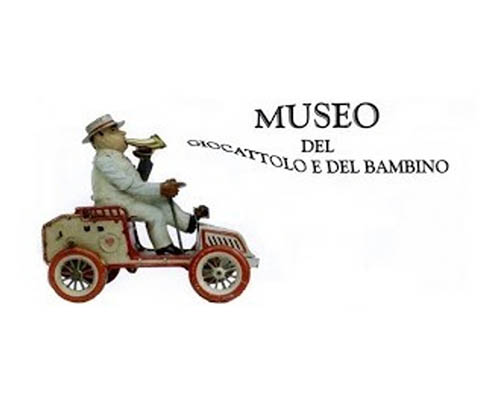
The welcoming spaces of the Milano Cormano and Santo Stefano Lodigiano branches are home to one of the biggest toy museums in Europe. Thousands of selected toys, all of which are original, guide us through an exciting journey to discover social and cultural events, scientific and technological innovations, political and educational petitions, artistic and literary currents.
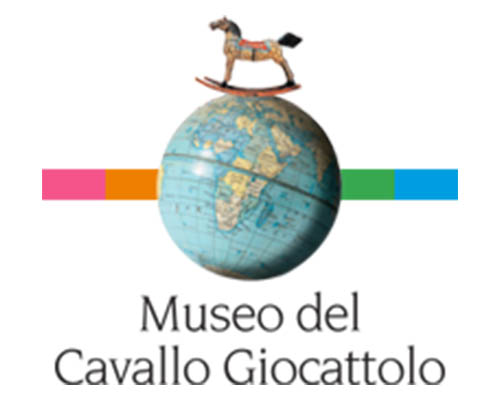
The Toy Horse Museum is the first museum dedicated to the toy horse. It houses a unique collection: more than 650 toy horses made from the 1700s to the present, from all over the world. Rocking or tricycle horses, stick horses or spring horses, made of wood or papier-mâché, of tin or cloth, each toy horse is a unique work of the mind and imagination.
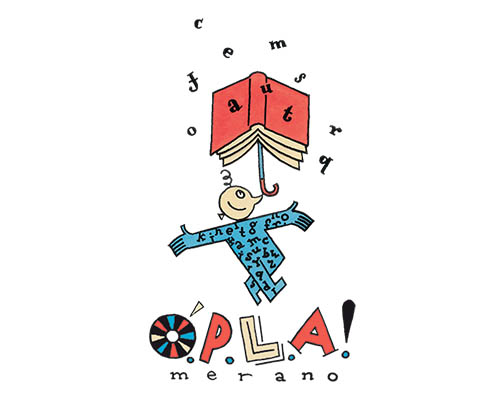
The Ó.P.L.A. Archive hosts and collects artist’s books to make them more accessible and available to scholars, critics, teachers, graphic designers, illustrators, designers, editors, and researchers. It is obviously also a project for children and teens, who can thus get access to less known or extremely rare books, even to some that have never been published because they were deemed to complicated for market rules or because they were difficult to produce in series.
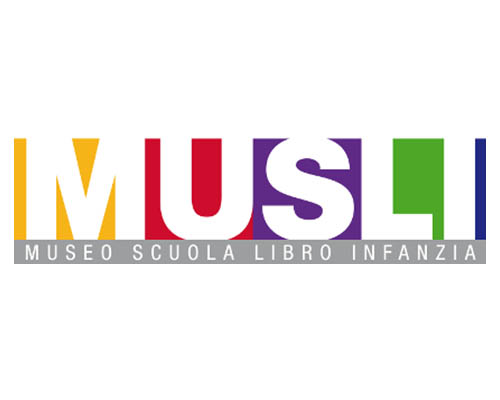
The “Museo della Scuola e del Libro per l’Infanzia” (Museum of School and Children Books) is the main efflux of the Tancredi di Barolo Foundation. It offers two different yet complementary itineraries, dedicated to the history of schools and to children’s literature respectively. Through rooms, games, books and other educational material, visitors become students of the past, thus playing a main role.
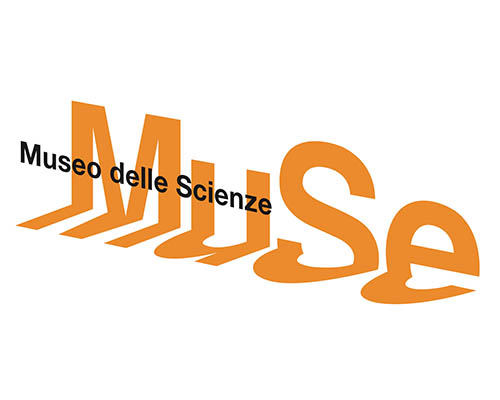
This museum entirely dedicated to natural sciences offers workshops and animated visits for children. The Muse includes science, nature, geology, paleontology and botany. The exhibitions are about trees, mountains, tropical greenhouses, plants, animals and so on.
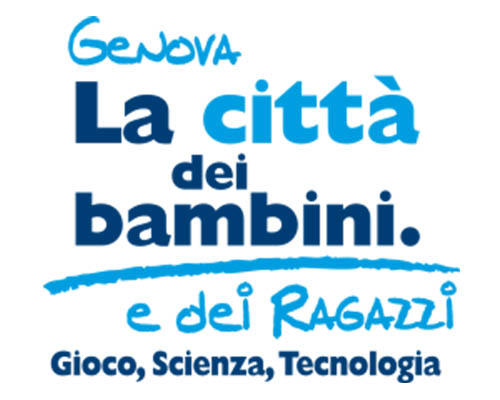
Born in 1997 from a collaboration with “La Cité des Enfants” in Paris, the City of Children is a big space for children aged 2 to 12 and their families. As with other European projects, this is a place to discover the mysteries of science and technology through playing. The visit is made up of 90 interactive installations.
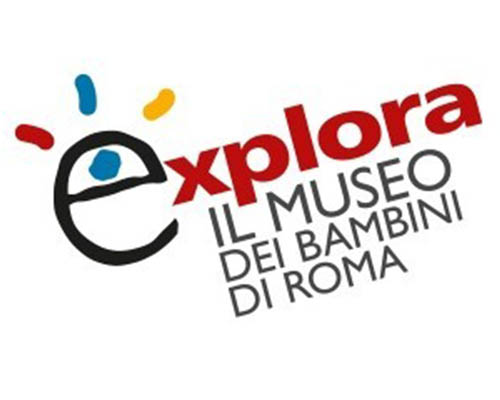
In the Children’s Museum little visitors have around two hours to choose their own path between the installations, approaching science, environment, food, engineering, circular economy “by doing”. The only rule is to touch, play, and try things out.
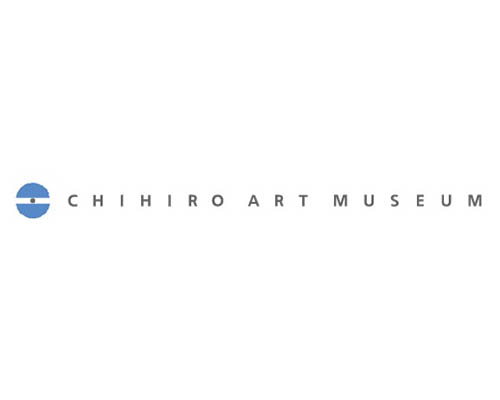
The Chihiro Art Museum (Tokyo and Azumino), was founded in 1977 to commemorate Chihiro Iwasaki (1918-1974), a Japanese artist famous for her paintings and drawings of flowers and children, which appeared widely in picture books, illustrated magazines, textbooks, novels, calendars and elsewhere from the late 1950s. Currently the museum’s collection of picture book illustrations consists of 27,400 pieces created by 211 artists from 35 countries and regions and is considered to be one the largest of its kind in the world.
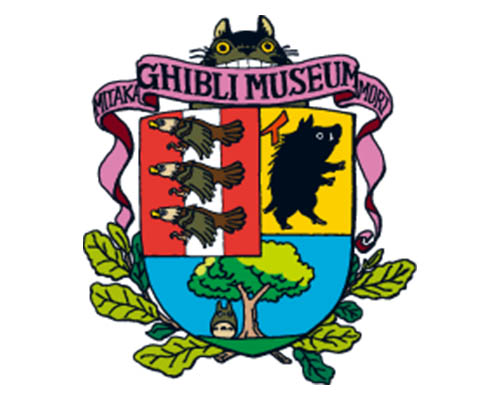
The Ghibli Museum showcases the works of the Japanese animation studio of the same name. It is, at the same time, a children’s museum, a museum of technology and a fine arts museum, as it is dedicated to the art and technique of animation. You will be welcomed by a copy of the Catbus from My Neighbour Totoro (1988), a cafè, a bookshop, a garden on the roof and a theatre showing some exclusive shorts by Studio Ghibli.
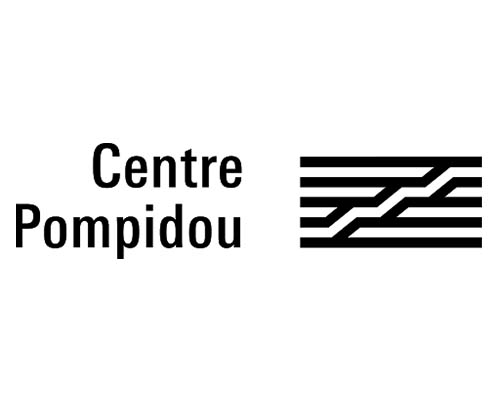
The “Galerie des enfants” is an exhibiting space open to all the arts, a place for children and their families to observe and experiment in a fun, interactive way. Each year, the “Galerie des Enfants” presents two workshop-exhibitions, designed by contemporary artists, where children can explore the world of visual artists, of architects, dancers, designers, musicians or writers and share their approach and creative routines.

The Parco della Fantasia (Park of Imagination) is a literary and educational park for children, dedicated to Gianni Rodari, one of the most famous author of children’s stories of the 20th century. The park is in Omegna, Rodari’s birthplace and is a place for families and school to have fairy-tale experiences.